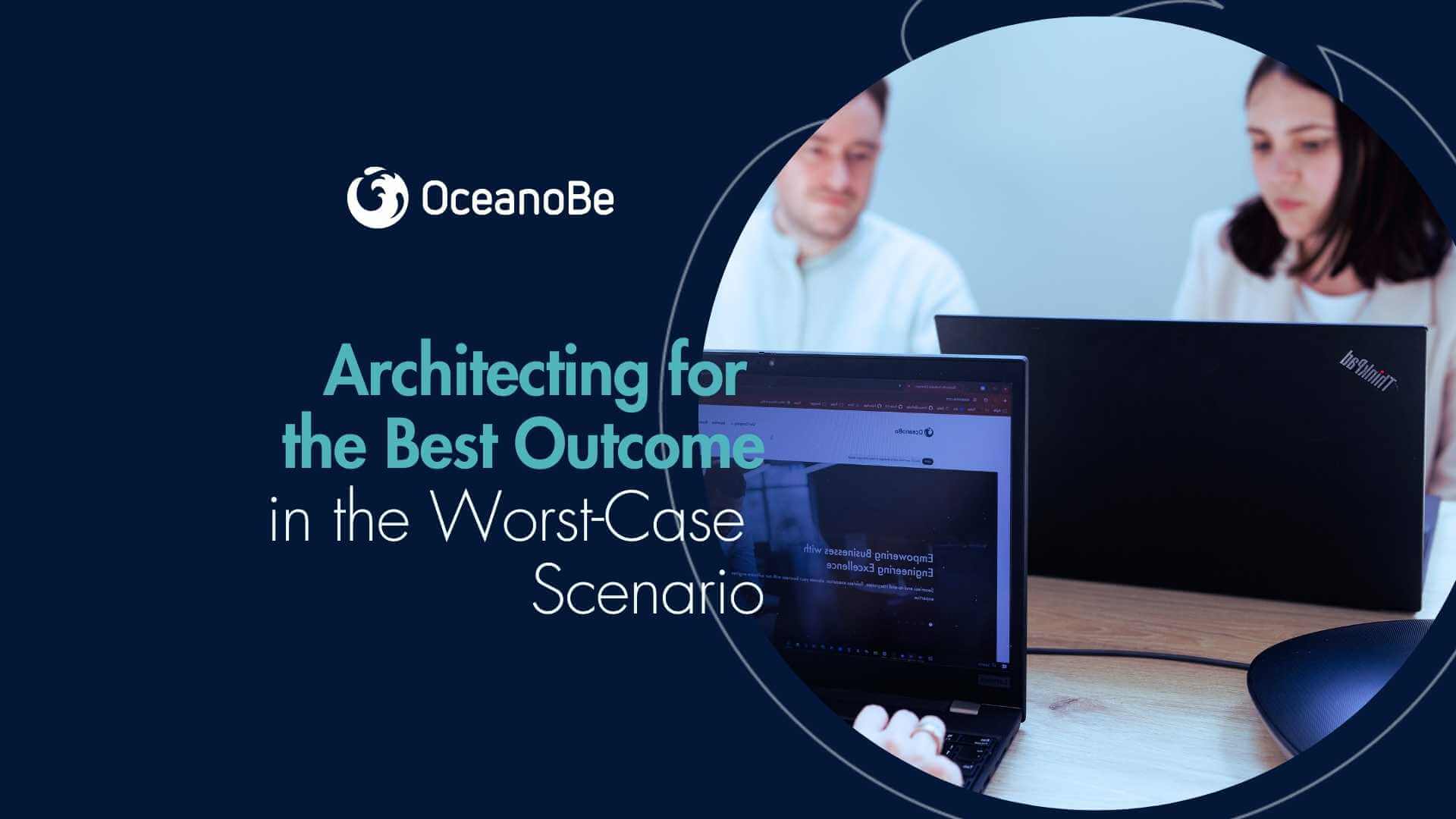Architecting for the Best Outcome in the Worst-Case Scenario
High Availability and Disaster Recovery in banking systems is preparing for resilience
High Availability and Disaster Recovery in banking systems is preparing for resilience

In today's digital banking landscape, uninterrupted service is not just a luxury—it's a necessity. Customers expect 24/7 access to their financial services, and any downtime can erode trust and lead to significant financial repercussions. To meet these demands, banks must architect systems that prioritize both high availability (HA) and disaster recovery (DR).
High availability ensures that banking services remain operational, minimizing downtime even during maintenance or unexpected failures. Disaster recovery, on the other hand, focuses on restoring systems and data after catastrophic events, such as natural disasters or cyberattacks. Together, HA and DR strategies form the backbone of a resilient banking infrastructure.
One effective approach to achieving high availability is through active-active architectures. In this setup, multiple systems operate concurrently, sharing the load and providing mutual backup. If one node fails, others seamlessly continue the operations, ensuring uninterrupted service.
Implementing active-active configurations requires robust synchronization and consistency mechanisms. Technology offers solutions that facilitate these architectures by providing continuous monitoring and failover capabilities.
Auto-failover is a critical component in maintaining service continuity. It involves automatically redirecting workloads from a failed component to a standby system without manual intervention. This rapid response minimizes downtime and ensures that banking services remain available to customers.
There are technical solutions that provide automated failover capabilities, allowing for quick recovery in cloud environments. These tools monitor system health and initiate failover processes when anomalies are detected, ensuring minimal disruption.
Beyond failover mechanisms, continuous data protection (CDP) plays a vital role in disaster recovery strategies. CDP involves real-time backup of data, capturing every change made, and allowing restoration to any point in time. This approach ensures that, in the event of data corruption or loss, banks can recover the most recent and accurate data state.
Designing a technical solution that offers CDP is done by creating a seamless integration point with existing infrastructures, providing granular recovery options and reducing data loss risks.
To support these HA and DR strategies, banks are increasingly adopting dynamic infrastructures. These environments leverage virtualization and automation to allocate resources efficiently, respond to changing demands, and maintain service continuity. Banks can opt for tailor-made flexible and scalable systems that adapt to various operational scenarios.
At OceanoBe, we specialize in developing robust banking infrastructures that prioritize high availability and disaster recovery. Our expertise in implementing active-active architectures, auto-failover mechanisms, and continuous data protection ensures that our clients can provide uninterrupted services to their customers.
Ready to enhance your banking system's resilience? Contact OceanoBe today to learn how we can help you achieve unparalleled uptime and customer satisfaction.